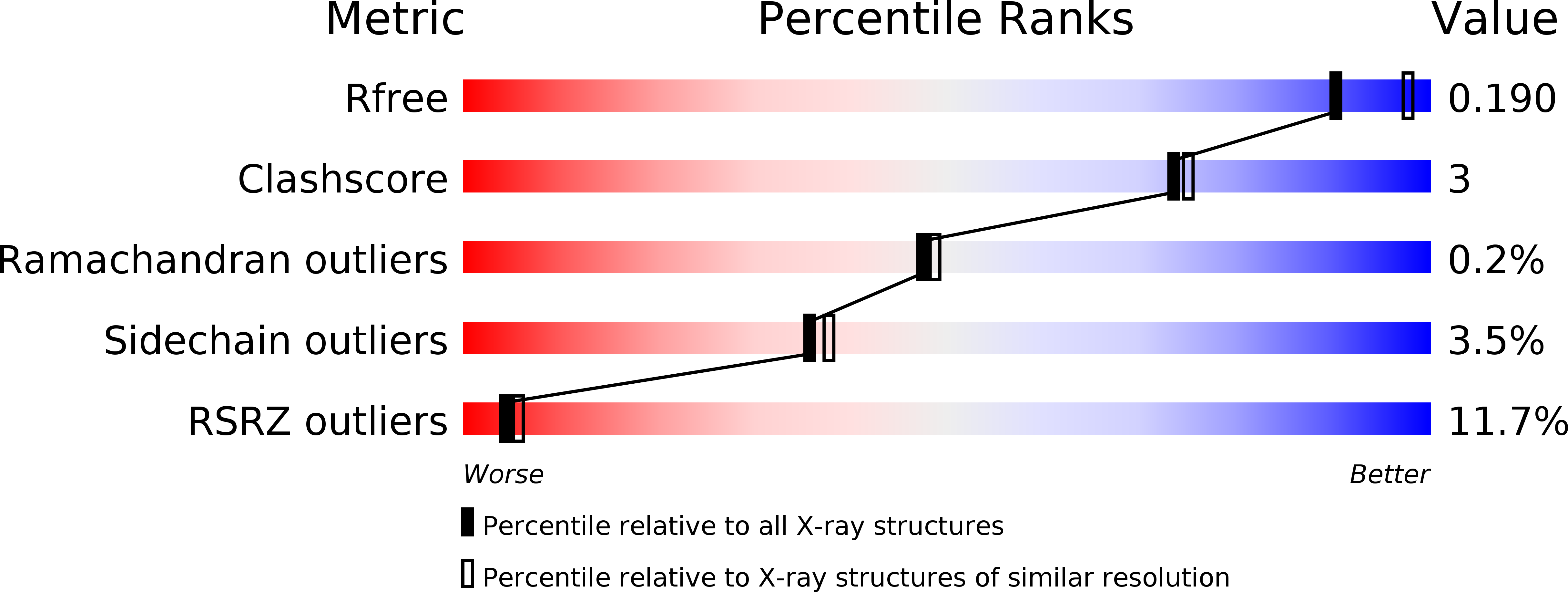
Deposition Date
2007-01-31
Release Date
2008-01-15
Last Version Date
2023-12-27
Entry Detail
PDB ID:
2OQ2
Keywords:
Title:
Crystal structure of yeast PAPS reductase with PAP, a product complex
Biological Source:
Source Organism:
Saccharomyces cerevisiae (Taxon ID: 4932)
Host Organism:
Method Details:
Experimental Method:
Resolution:
2.10 Å
R-Value Free:
0.24
R-Value Work:
0.19
R-Value Observed:
0.19
Space Group:
P 21 21 21


